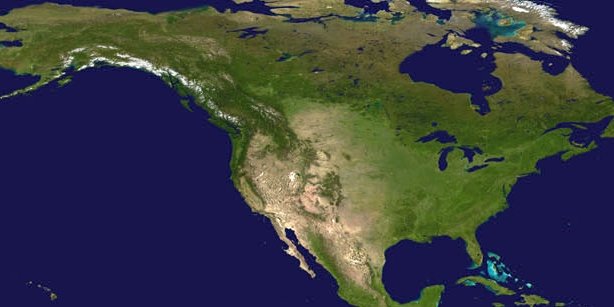

Severe storms that began rolling through the southern U.S. on Friday, March 24, 2023 left a path of devastation from Texas to the Mid-Atlantic through March 28, which included high winds, hail, flooding, and tornadoes.
The first tornadoes touched down on March 24 near Poolville, Texas, one of which the National Weather Service office in Fort Worth determined had been an EF-1 rating, with winds up to 100 mph, that injured five people. As the storms moved on, they carved a 170-mile path of destruction through Mississippi and Alabama, killing at least 26 people during the evening of Friday, March 24. Thirty-eight tornadoes were reported that day alone across three states along with high wind reports spanning from Louisiana and Arkansas through Kentucky and North Carolina.
A tornado emergency was issued for several small Mississippi towns, and the town of Rolling Fork was struck by a particularly destructive EF-4 tornado packing winds of up to 170 mph that traveled almost 60 miles and lasted more than an hour. At least 13 people were killed here, and dozens of injuries were reported, along with gas leaks, and downed trees and powerlines. An area hospital was also damaged.
Search and rescue teams worked through the night to help people trapped in buildings and under debris. When daylight broke, the scale of the devastation became clear as residents were left to dig through the rubble. Photographers captured the aftermath.
Other tornadoes caused widespread damage across the region, affecting many other communities as well. A slightly weaker EF-3 tornado touched down near Black Hawk, Miss. and carved a 29-mile long path east through Winona before ending near Kilmichael. Other towns that were hit included Silver City, Tchula, and Amory among others. More than 55,000 power outages were reported in Mississippi and Tennessee combined after midnight on Saturday.
In addition to wind and tornadoes, there were close to 50 reports of large hail over two inches in diameter across Mississippi, Alabama, and Georgia.
Early Sunday morning, President Biden declared a major disaster in the State of Mississippi, and ordered federal aid to supplement state, tribal, and local recovery efforts in the areas affected from March 24 to March 25, 2023. Additional state and federal officials surveyed the destruction in Mississippi and promised an influx of support, while Gov. Tate Reeves assured residents that help was on the way.
As the storms moved eastward, another tornado touched down in LaGrange, Ga., about 65 miles southwest of Atlanta, causing significant damage. The National Weather Service confirmed it was an EF-3 rating, with peak winds of 150 mph. Another possible tornado in Milledgeville, Ga., left extensive structural damage to a local hospital and mass power outages. Additionally, a safari park in Pine Mountain, Ga., reported extensive tornado damage, and two tigers briefly escaped their enclosures. However, they were safely tranquilized and returned.
Georgia Gov. Brian Kemp issued a state of emergency early Sunday afternoon following the storms, allowing the state to bring in any additional resources needed for recovery efforts.
The storms continued to affect the southern states, bringing heavy rain through the morning of March 27.
NOAA’s GOES East satellite monitored the storms as they barreled across the South in near real-time via its Advanced Baseline Imager, which allowed meteorologists and forecasters to study the structure of the storm and where it was the most intense. The satellite’s Geostationary Lightning Mapper instrument also measured lightning within the storms, since rapid increases in lightning activity often precede severe and tornadic thunderstorms. Additionally, lightning is an indicator of the likelihood of a tornado to develop and of a storm’s intensity.
Meanwhile, NOAA’s polar-orbiting JPSS satellites measured the cloud top heights and captured additional imagery with its VIIRS instrument.
